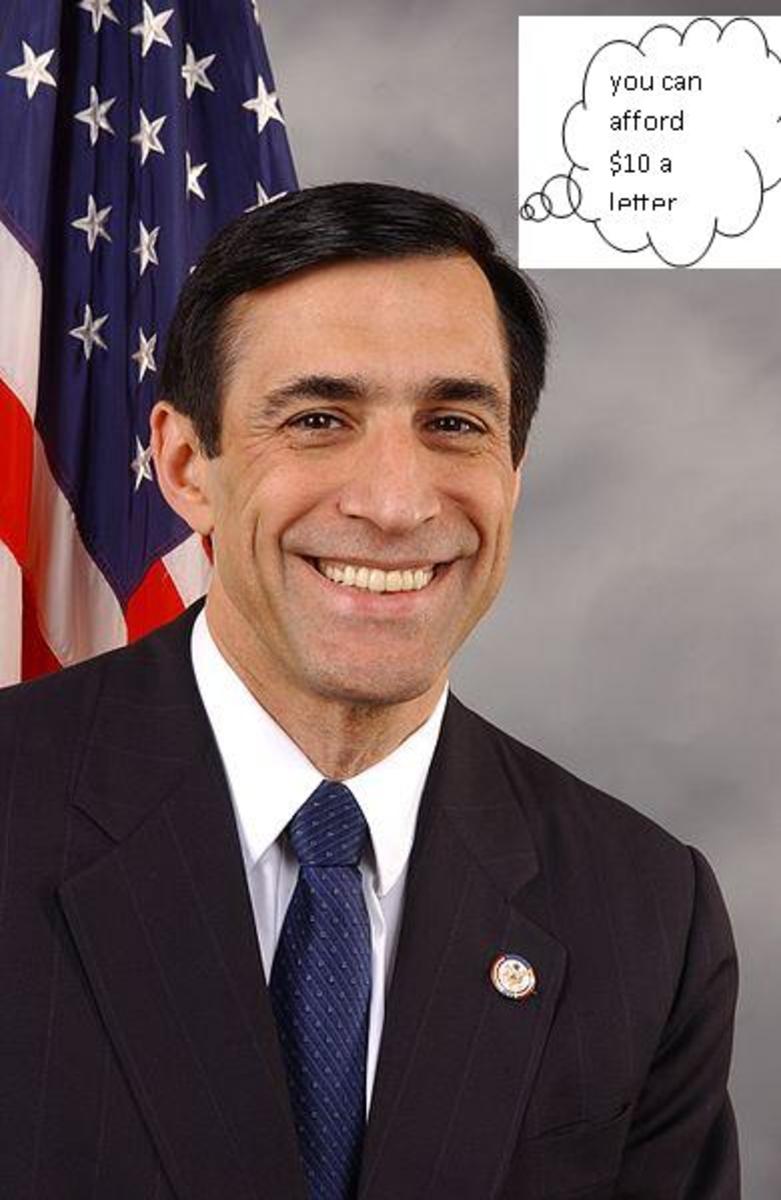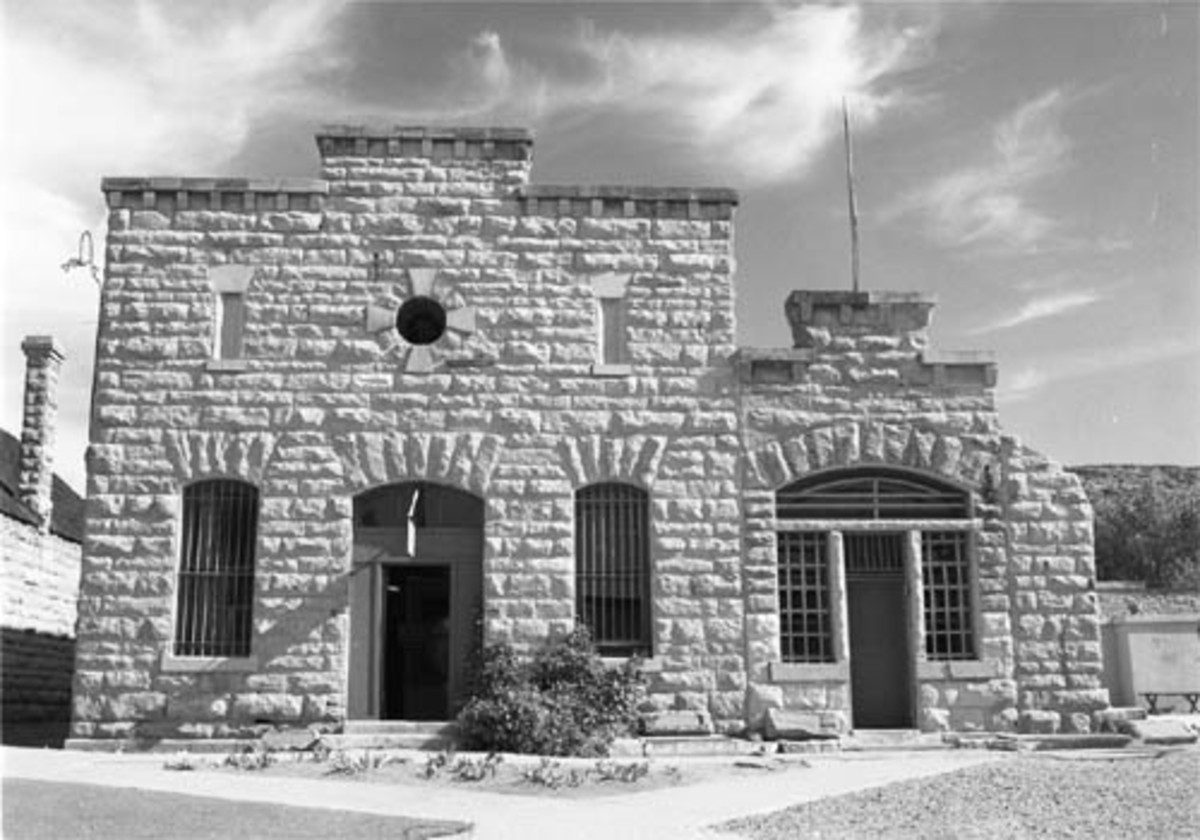What are social goods?

The idea of social/public goods is derived from ancient Greek ideas of community and polis, with people working together with synergy to achieve a common good for society. With polis, there are public interest issues including private benefits and actions of government that come at a public cost (i.e. land use, minimum wage), and social benefits that necessitate private sacrifices (i.e. minimum wage, unemployment, construction of an airport that means more convenience as well as noise, employer-mandated health insurance). Both impact the common good in different ways, and you can create and develop social goods that benefit society.
You can produce public goods without using public funds, like increasing neighborhood safety when residents buy alarm systems or live in a gated community; this results in less money needed to be spent for public safety and law enforcement.
Mixed goods are an example of social goods combined with private goods, in that benefits are both personal and societal. Public immunization is an example; both the immunized individual as well as the public benefit. School vouchers can be positive or negative, depending on the perspectives of different citizens.
Merit goods are privately produced goods that society wishes to encourage because they’re desirable, like Medicare. These can be similar to social goods in that they can be to the public benefit… though things that are desired are not always to the general public benefit. Private goods can be publicly provided.
Unlike private goods, social goods are non-rival in the nature of access; consumption does not diminish its benefit from another use. They are not traded in a marketplace, and you can’t sell public goods in units. For instance, fire services are consumed but are still available for others in the public, while if someone consumes a gallon of milk, no one else can directly benefit from the milk. With private goods, there is the precondition of ownership that doesn’t really exist for social goods. You can’t internalize the costs of privately produced goods.
It’s often difficult to determine whether one citizen has benefited from a service more than another; this can lead to issues of equity, which will be discussed in the last question. There’s the free-rider problem where a citizen gets the benefit of a service or program without paying for it; access is not directly related to tax payments. There is also no private-market mechanism at work for social goods to determine how much of a service should be provided. People are more likely to be excluded through private goods because social goods are often intended for everyone in the public, and should be more accessible.
Other differences between private goods and social goods include quality (where competition in the private sector may encourage better quality in products but also worse quality in a fight for lower prices); created obsolescence (private goods may just be repackaged to be sold and may not actually improve); and values (social goods tend to have the welfare of the public in mind to more of an extent). With social goods, marginal costs aren’t a factor as they are in private markets.
Since they are not traded in a public marketplace, social goods are publicly financed and allocated funding through the adoptive budget process, dependent on things like available funding, cost-benefit, the importance to constituents, the nature of the service (essential or nonessential?), and the beliefs of decision makers. The level of funding determines how much of the social good will be consumed. Part of the function of the budget is to give interest groups a voice in the allocation of funding. These decision makers may determine the burden of who pays versus who receives the service. Social goods may be provided by government in ways that are private (like Medicare, which is government-funded by provided privately) and regulated.








